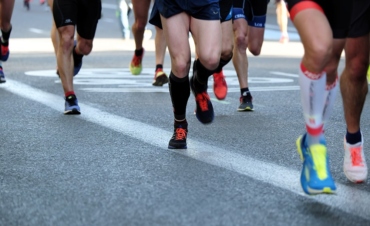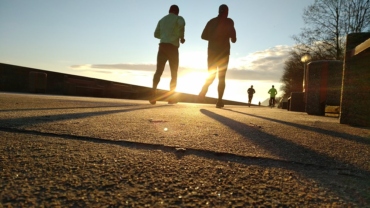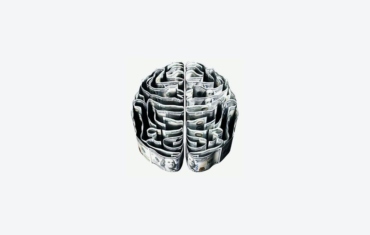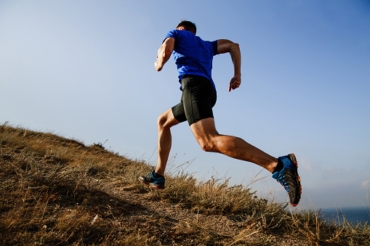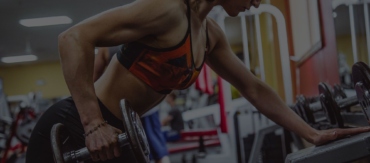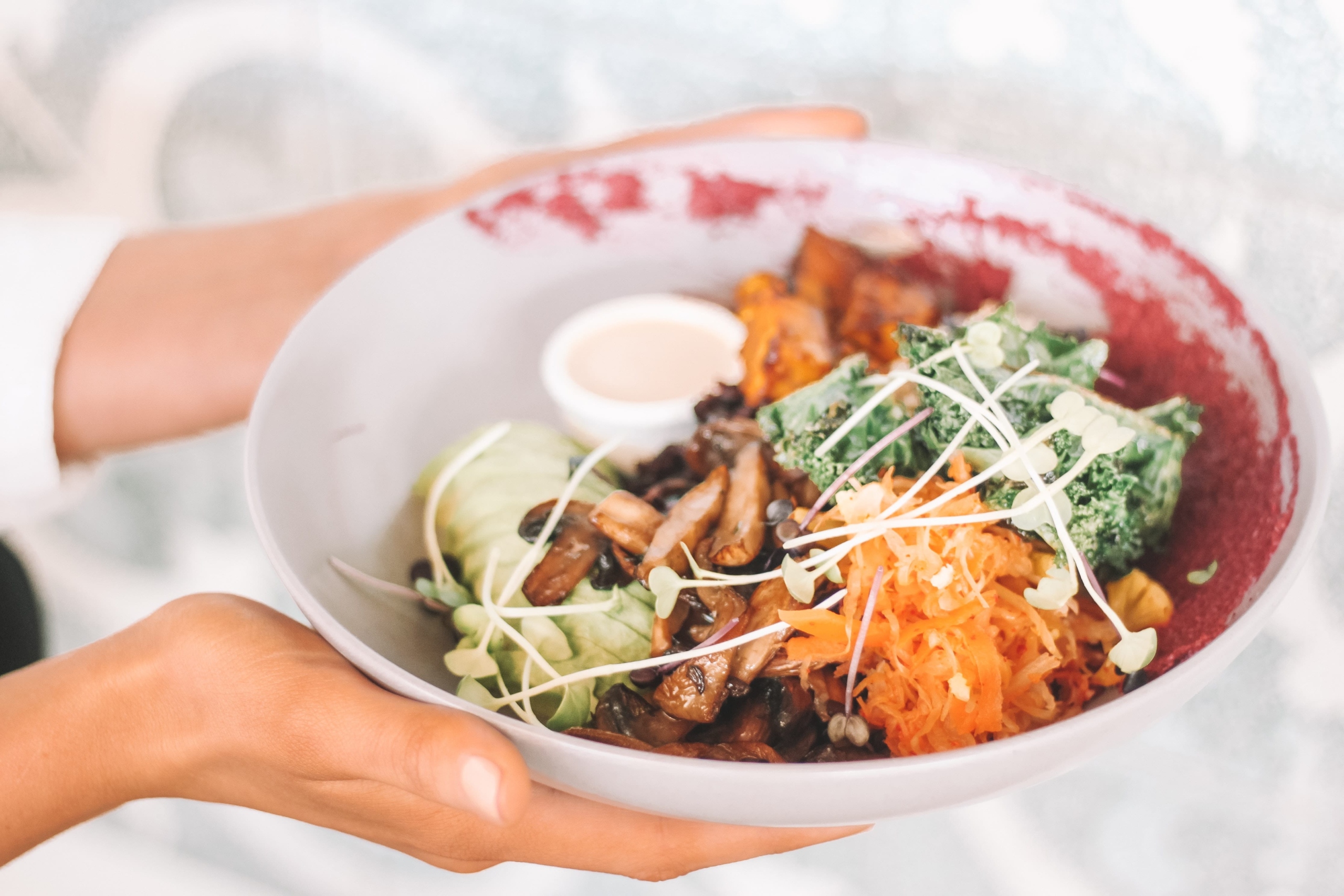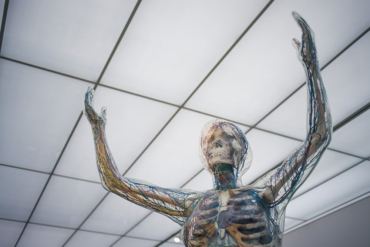Stress Reducing Health Tip #1: Breathing – Alternate Nostril Breathing
Controlled deep breathing is known to induce calm and focus. Try this exercise to help reduce stress and/or to improve mental acuity before an important task.
- Sitting comfortably, exhale completely and then use your right thumb to close your right nostril.
- Breath in slowly and deeply for a minimum of 5 seconds and then close your left nostril with your right index finger while at the same time removing your right thumb.
- Exhale slowly for a minimum of 5 seconds but ideally longer.
- Inhale through your right nostril for a minimum of 5 seconds before closing it with your thumb and beginning while at the same time removing your finger from your left nostril.
- Exhale slowly for a minimum of 5 seconds.
- Repeat this cycle for a minimum of 6 times. Ideally 10.
Stress Reducing Health Tip #2 – A great habit change hack
Habit change can seem daunting. In James Clear’s book Atomic Habits, he outlines an incredible approach to establishing habits that can help you in all areas of your life. It is a very good, inspirational approach to habit change. For the purposes of our health and wellness initiative, there is one clear concept that stands out. Begin with the start in mind and make it very, very simple. What exactly does that mean?
Psychology tells us that motivation actually kicks in or ramps up once you have gotten going. We get energized by the small victories in the initial stages of habit change. For this reason, a simple, easy first step is the most important one. Just getting going is the critical part. Let’s look at a couple of practical examples.
- Yoga lover not finding time for classes: Simple start plan – Perform one yoga move each morning or evening for one week. Increase to two moves in the weeks following.
- Team member wants to bring their lunches to work instead of always eating out: Simple start plan – bring a piece of fruit or some vegetables every weekday for a month. Increase the number of these small snacks in the following months.
- Less screens before bed: Simple start plan – set a repeating alarm on your phone for each weekday of a month that is notifies you to turn your screen (phone, tv, games, etc.) off 5 minutes earlier than you normally would. Replace that five minutes of screens with a magazine or book that you are really interested in.
Do you have a habit you want to establish? What is your simple start plan of action?
Stress Reducing Health Tip #3 – Exercise is a great form of stress management
The title of this tip is likely not surprising to you. Let’s get right into it and look at an actual example to illustrate how this translates to real life.
Our daily commute into the office can sometimes produce stress that we didn’t anticipate. Crowding, interactions with irritable people around us and a fear of being late are all triggers to increase stress. If our day begins with some version of this and we are then thrust into a meeting where there is some pressure placed on us, our stress is compounded. Add into this personal stressors with family or friends, and you can see how by mid morning stress levels can be high.
Now it’s lunch time. It’s a sunny but cool day and you just need a break. You bundle up, put your head phones in with your favourite playlist or pod cast on, and you walk over to Nathan Phillips Square to spend 20 minutes skating in the sunshine. By the time you are done, you have had your 20min of skating plus 15 minutes of walking to and from. That’s 35 minutes of physical activity. Not only have you triggered physical responses that help to combat the stress of your morning, but you have literally taken yourself to a different place mentally and physically.
The type of activity you choose does not have to be vigorous as you can read in the reference article provided in this link. If you do decide to do something that perhaps makes your legs burn, you can be sure your mental focus will be on how that feels instead of what caused the stress in your day. Yet another way exercise helps to ‘reset’ mentally and dial the stress dial down.
By: Tim Irvine, President & Co-founder



